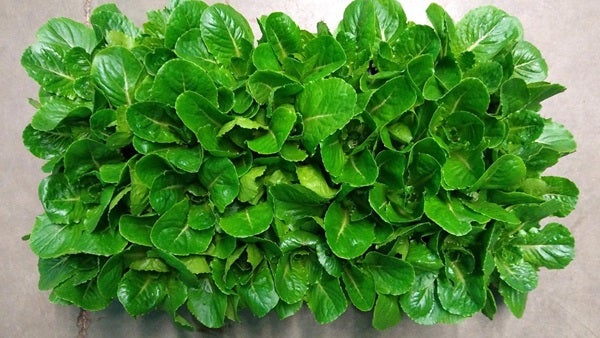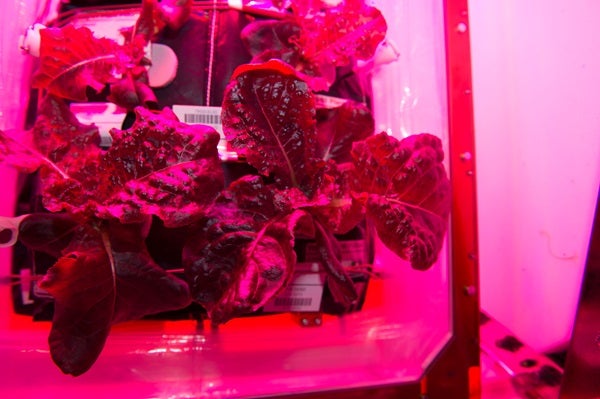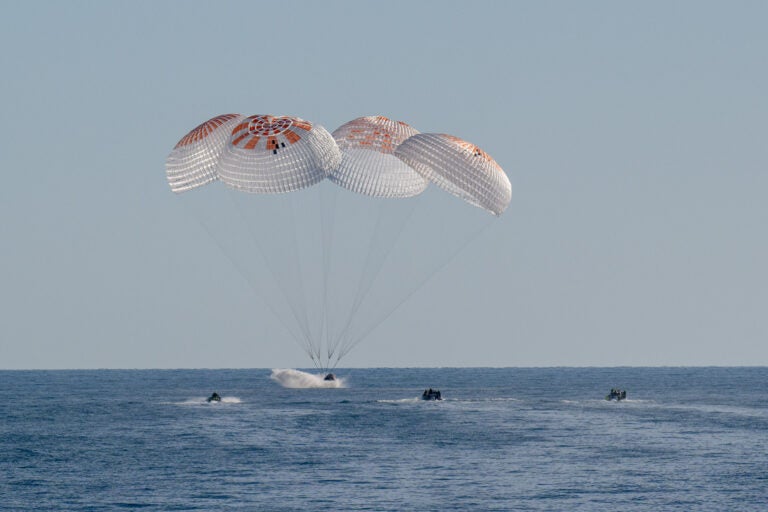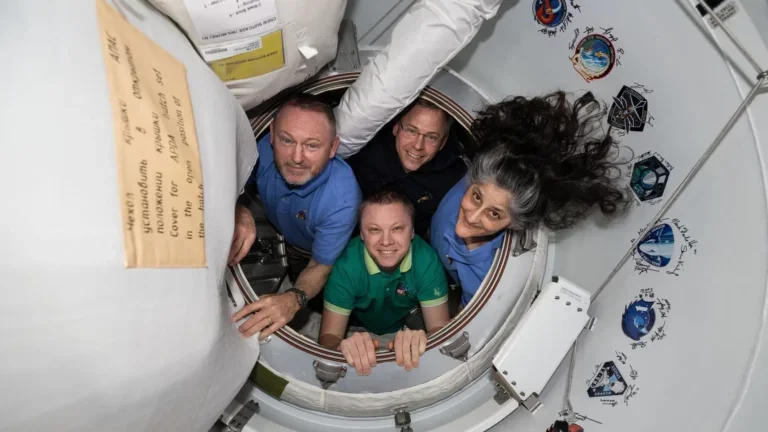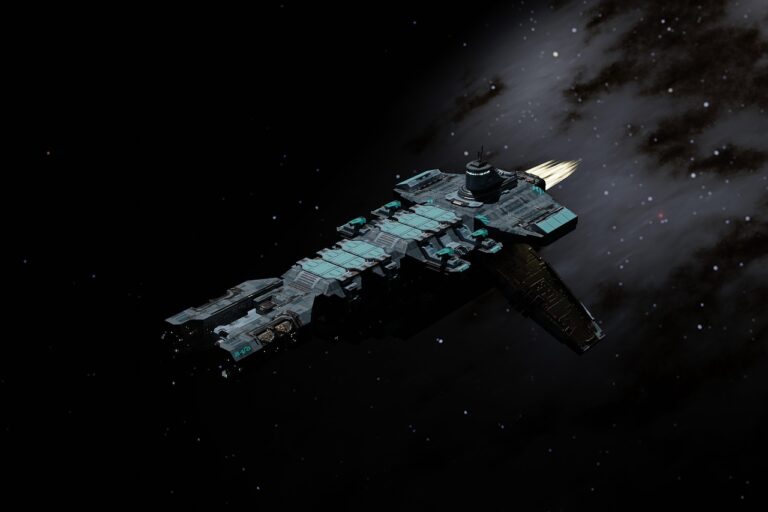The key to keeping your bones healthy on long journeys may lie in eating genetically modified space salads — and growing them, too.
That’s the proposal by a group of researchers from the University of California in Davis, who have modified the genome of lettuce so that it synthesizes a bone-saving drug. The researchers say their work is an initial step towards using plants to produce all sorts of pharmaceuticals that astronauts may need when traveling to Mars and establishing settlements in space.
“It’s part of a broader way of thinking, where we try to use every resource that we have available to us, whether it’s on spacecraft or the Moon or Mars,” said UC Davis team member Kevin Yates at a March 22 online media briefing. The briefing was held as part of the spring meeting of the American Chemical Society in San Diego.
Bone loss has been a longstanding challenge for long-term space travel. Normally, bones are constantly refreshing themselves, shedding mass in a process known as resorption and forming new material to take its place. As people age, it’s normal for people to lose around half a percent of bone mass per year.
But in microgravity, when bones don’t carry the load of our bodies, studies have shown that resorption ramps up, weakening bones in a condition called osteopenia. (Osteopenia can later lead to osteoporosis, when bones are so brittle they break easily.) In space, some bones can lose up to 10 percent of their mass in just 6 months — and a flight to Mars could last up to 10 months.
To make bone-fortifying lettuce, the team modified the plant’s genome so that it produces a substance called parathyroid hormone (PTH), which stimulates bone growth. The hormone is already used in an FDA-approved drug called Forteo to treat osteopenia, but requires daily injections, which would be logistically difficult to store and administer in a resource-strapped spacecraft environment.
Lettuce prey
Why lettuce? In addition to being easily edible, astronauts have already shown they can grow it with the limited resources on the International Space Station, having harvested their first crop of the leafy greens in 2015. Lettuce also produces a lot of seeds, which is handy when trying to produce a drug in space. “If you grow that plant and harvest seeds, you can generate thousands of seeds,” said team member Karen McDonald of UC Davis. “It’s a very simple and cost effective way to make a therapeutic.”
Currently, the team estimates that astronauts would have to eat eight cups of their lettuce a day, but they hope that future versions of their lettuce will have higher levels of PTH that require less salad binging.
When Yates was asked whether he had tasted the lettuce yet, he demurred. “That wouldn’t be something I want to do at this point,” he said, citing the need for approval after human safety tests. The team hopes to perform animal studies to test the safety and efficacy of the lettuce, and to see whether the lettuce maintains its PTH-producing properties from generation to generation.
“But by the time humans travel to Mars, I think whether it’s landing or a flyby, I expect that plant-based production platforms will be in use,” says Yates. “It seems to be an essential element of our time in space, our survival in space.”

